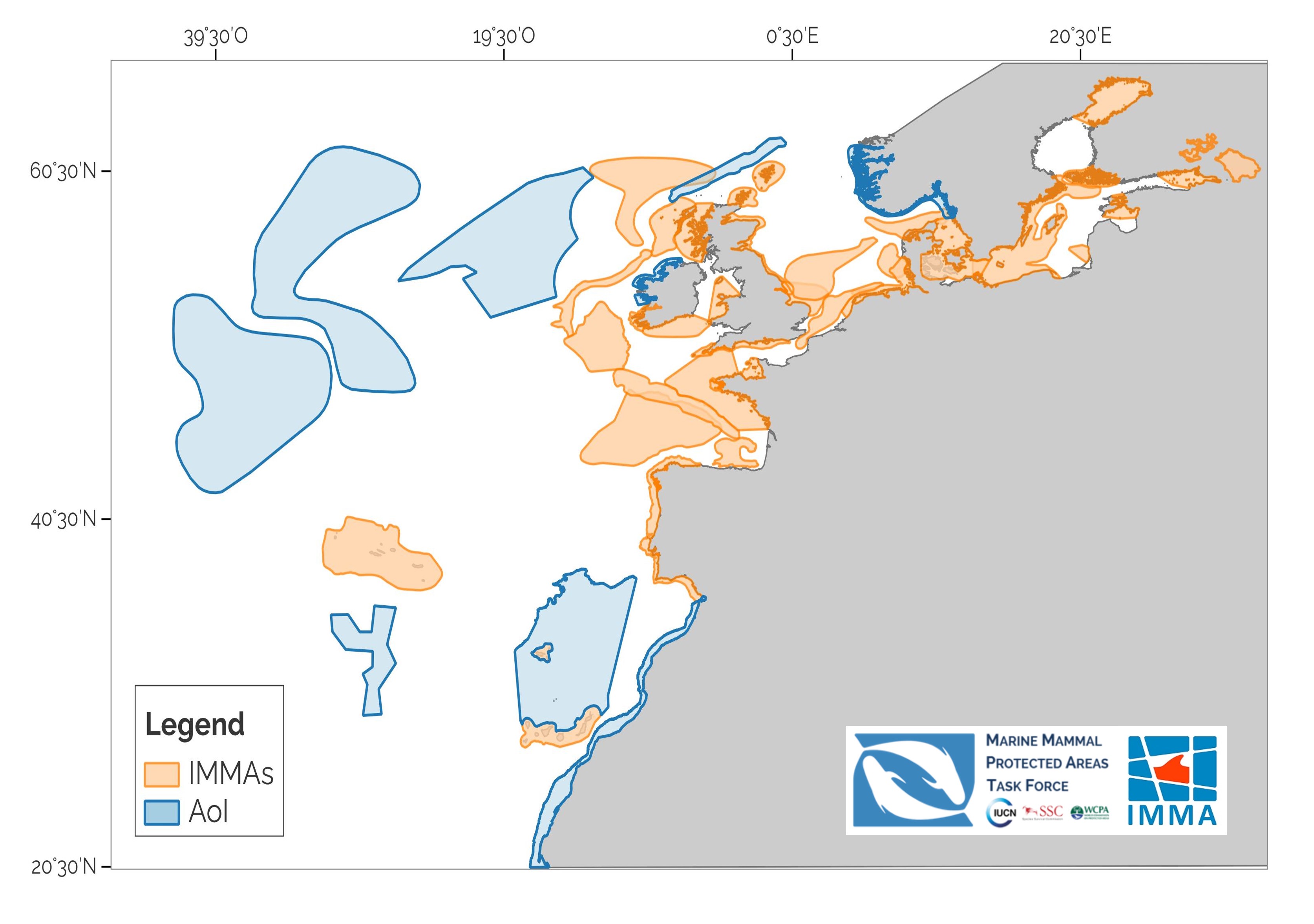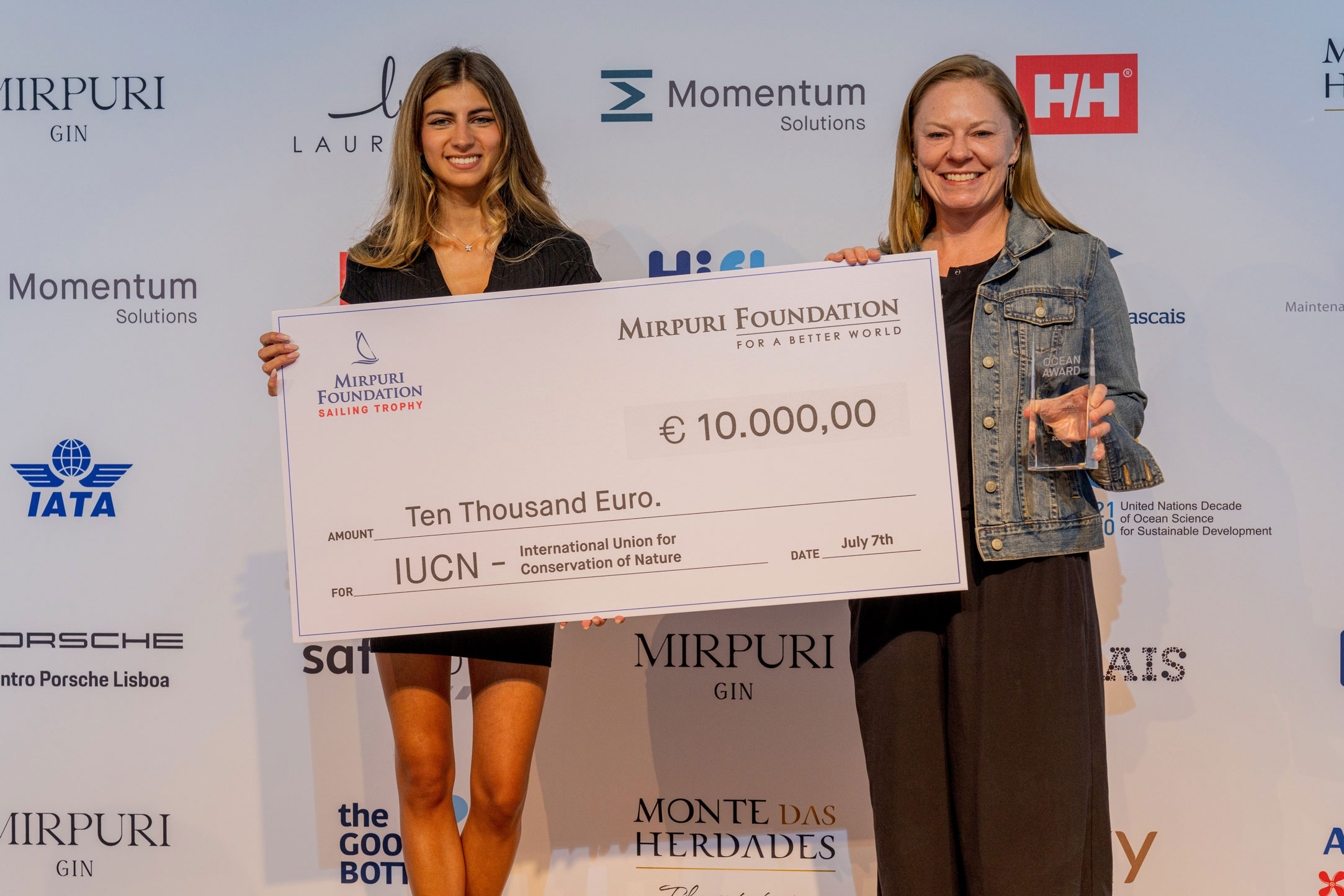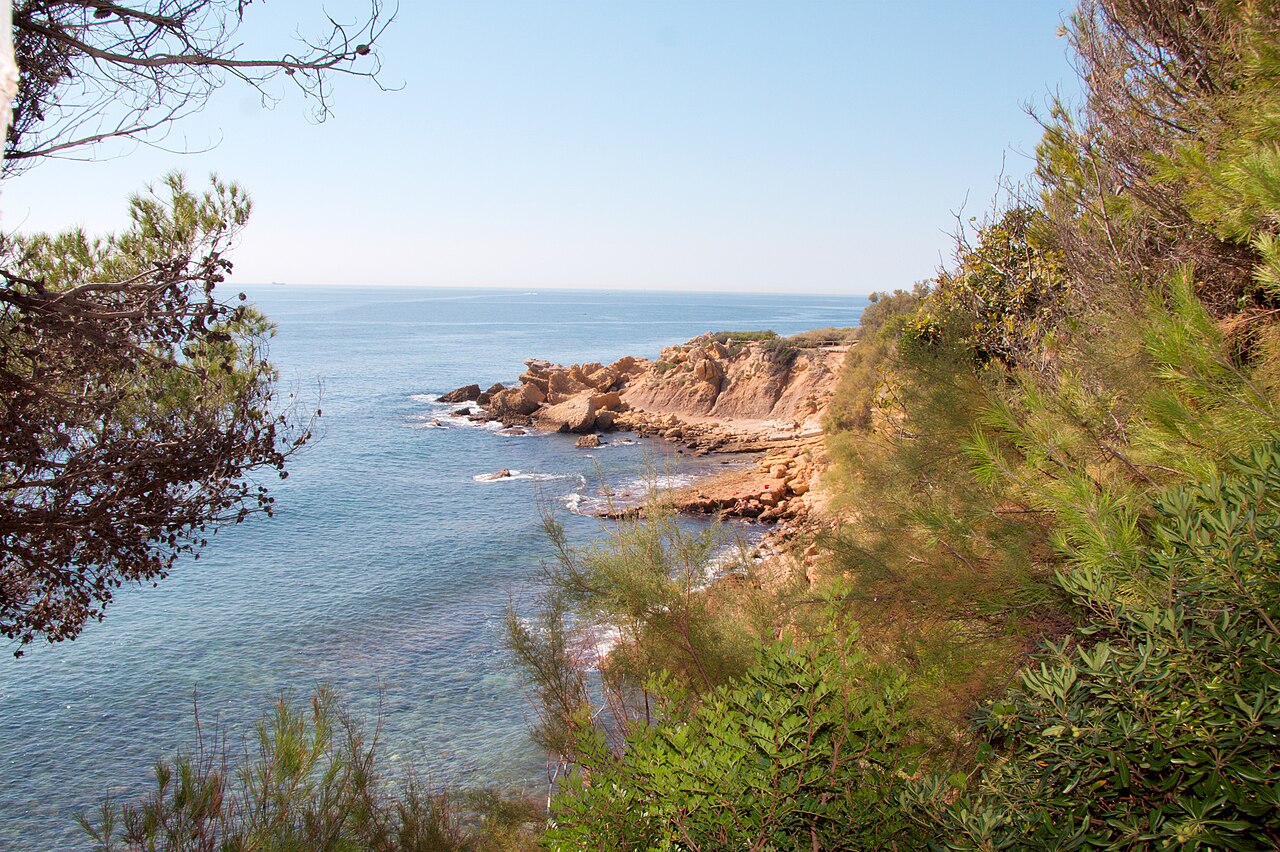IMMAs focus the spotlight on marine mammal species and special habitats requiring protection in the North East Atlantic Ocean and Baltic Sea
This month, 33 new Important Marine Mammal Areas (IMMAs) have been approved and put on the map in the North East Atlantic Ocean and Baltic Sea.
This announcement represents the final result from a full-year process, including an intensive week-long scientific workshop assessing data on candidate IMMAs which were then submitted for peer review. At the same time, a number of candidate IMMAs from previous regional IMMA workshops have been re-assessed in recent months, leading to 6 areas reaching full IMMA status.
As a result, a total of 39 new IMMAs have been added to the IMMA e-Atlas and are now available for download as shapefiles with associated information.
To date, 74.3% of the world ocean has been examined for IMMAs, with IMMAs comprising 13% of the examined area. IMMAs are divided into 57% within exclusive economic zones (EEZs) and 43% in international high seas. Globally, there are 280 IMMAs and 185 Areas of Interest (AoI).
IMMAs are defined as discrete portions of habitat, important to marine mammal species, that have the potential to be delineated and managed for conservation. They are not legal designations but independent, peer-reviewed assessments based on criteria supported by data.
Western European countries have at their disposal a broad suite of spatial conservation measures, not only national efforts to make marine protected areas (MPAs), but EU Habitats Directive Special Areas of Conservation, OSPAR agreement MPAs, International Maritime Organisation (IMO) designations and routing, and marine spatial planning both through the EU Marine Strategy Framework Directive and efforts at the national and local level.
IMMAs may seem redundant in European and North East Atlantic waters where marine mammals are nominally protected by various legal tools",
says Erich Hoyt, co-chair of the IUCN Marine Mammal Protected Areas Task Force. “But, in fact, IMMAs provide a check to see if marine mammal habitats are included under existing measures. At the same time, IMMAs are turning up substantial new areas which are needed for protection. IMMAs can help contribute to fulfilling the Global Biodiversity Framework’s Target 3 which aims to expand conservation areas of biological importance by 2030.”
Hoyt and other marine scientists are calling on governments to take action to utilise the IMMA tool in marine spatial planning, the creation of marine protected areas, and for performing environmental impact assessments.
 North East Atlantic and Baltic Sea IMMA and AoL
North East Atlantic and Baltic Sea IMMA and AoL
The North East Atlantic Ocean and Baltic Sea (NEATLO) Region covers nearly a quarter of the Atlantic Ocean. Species-rich, the region supplies habitat for feeding and migrating humpback whales (Megaptera novaeangliae), blue whales (Balaenoptera musculus) and fin whales (Balaenoptera physalus). There is deep water habitat for Cuvier’s (Ziphius cavirostris) and other cryptic beaked whale (Mesoplodon) species in the Canary Islands, Azores and Bay of Biscay. Besides the prevalent common minke whales (Balaenoptera acutorostrata), harbour porpoises (Phocoena phocoena), common dolphins (Delphinus delphis), Risso’s dolphins (Grampus griseus), common bottlenose dolphins (Tursiops truncatus), and harbour seals; there are species endemic to the region such as the critically endangered and decreasing Baltic Sea harbour porpoises and the endangered Saimaa (Pusa hispida saimensis) and Ladoga ringed seals (Pusa hispida ladogensis). Among several populations of killer whales (Orcinus orca) are the critically endangered Strait of Gibraltar subpopulation with only 39 individuals subsisting on bluefin tuna and lately disabling or breaking the rudders off small boats traversing the region.
We are turning the corner in terms of government, industry and academic recognition of the value of IMMAs,
says Task Force co-chair Giuseppe Notarbartolo di Sciara. “As we get closer to completing the global picture, IMMAs are securing a place for whales and other marine mammals at the negotiating table for conservation measures. It is urgent that we take notice.”
The week-long IMMA workshop, held in Hamburg, Germany, in May 2023, was supported by a grant from the Water Revolution Foundation and organised and run by the IMMA Secretariat of the IUCN Task Force on Marine Mammal Protected Areas. The 53 workshop participants from 13 countries comprised the region’s top marine mammal scientists. They started by considering 395 preliminary Areas of Interest (pAoI). The pAoI selected to advance to candidate IMMAs were defended with text supporting various criteria based on scientific evidence and detailed mapping along with a strong rationale for the boundaries chosen. After an extensive process by an independent review panel, the mapping of these areas is now complete.
Additional Notes and Links
• The IMMA initiative is a partnership between the IUCN Joint SSC-WCPA Marine Mammal Protected Areas Task Force, Tethys Research Institute and Whale and Dolphin Conservation (WDC). A recent paper in Frontiers in Marine Science details the Task Force IMMA work (2016-2022): https://www.marinemammalhabitat.org/download/the-important-marine-mammal-area-network-a-tool-for-systematic-spatial-planning-in-response-to-the-marine-mammal-habitat-conservation-crisis/
• The IMMA initiative has been financed mainly by the International Climate Initiative (IKI) of the German Federal Ministry for the Environment, Nature Conservation, Building and Nuclear Safety (BMUB) as part of the Global Ocean Biodiversity Initiative (GOBI). Individual regions have been funded by the French Biodiversity Agency through the IUCN Marine and Polar Programme and by the MAVA Foundation with timely assistance by the Animal Welfare Institute and others. The funding for the North East Atlantic Ocean and Baltic Sea IMMA region came from the Water Revolution Foundation with assistance by OceanCare and orca.org, both of which sent participants to the workshop.
• The global total of IMMAs now stands at 280, with an additional 185 Areas of Interest (AoI). The e-Atlas showing maps of all the IMMAs and AoI identified to date is here: https://www.marinemammalhabitat.org/imma-eatlas/. AoI status is not as strong as IMMA status but it is valuable in terms of facilitating and focusing future monitoring and research activities on marine mammals in the region which may in future help turn it into an IMMA.
• This media release and a final report of the North East Atlantic Ocean and Baltic Sea IMMA region are available for free download on the marinemammalhabitat.org website: https://www.marinemammalhabitat.org/resources/documents/
• To obtain shapefiles and detailed background information for the 280 approved IMMAs, go to https://www.marinemammalhabitat.org/immas/imma-spatial-layer-download/
For more information, story leads, contacts and use of photos and maps, email Task Force co-chair: Erich Hoyt.



